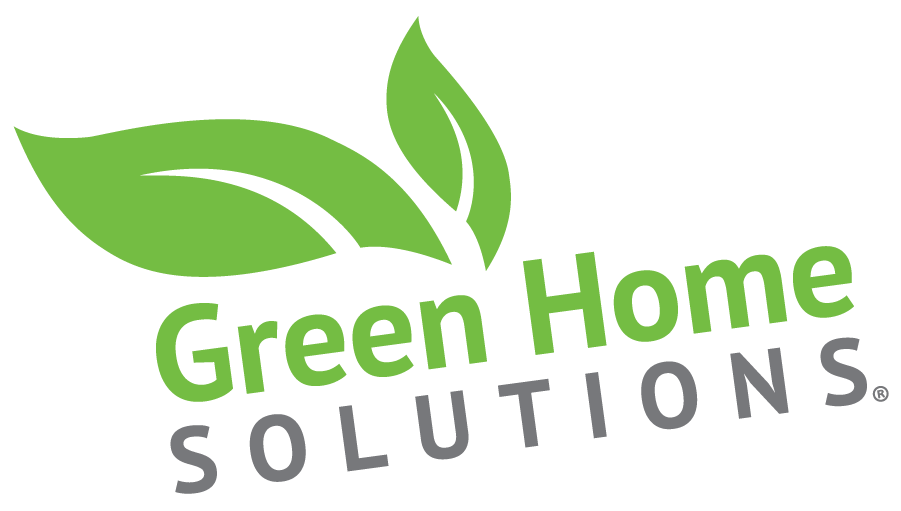Water damage can wreak havoc on your home, not just structurally but also health-wise. One of the biggest risks following any water incident is mold growth. Mold can develop within 24 to 48 hours of water exposure, so it’s crucial to take immediate action to check for and address any mold issues. Here’s a detailed guide to help you navigate the process.
Understanding Mold and Its Risks
Mold is a type of fungus that thrives in damp environments. While many molds are harmless, some can cause health issues, particularly for individuals with allergies, asthma, or compromised immune systems. Symptoms can include respiratory problems, skin irritation, and more severe reactions in sensitive individuals.
Signs of Mold Growth
When checking for mold, look for the following signs:
-
Visible Mold: This may appear as black, green, white, or even orange patches. It often looks fuzzy or slimy and can grow on walls, ceilings, floors, and even furniture.
-
Musty Odors: A persistent damp smell can indicate hidden mold. If you notice a musty odor in an area that has experienced water damage, it’s worth investigating further.
-
Water Stains: Discoloration on walls or ceilings can be a sign of past or present water exposure, which may contribute to mold growth.
-
Peeling or Bubbling Paint: This can be a sign of moisture retention, which is conducive to mold.
-
Allergic Reactions: If you or your family members experience unexplained respiratory issues or allergic reactions, it may be linked to mold.
Steps to Check for Mold
-
Inspect the Area: Start in the areas most affected by water damage. Check walls, ceilings, floors, and hidden spaces like behind furniture or appliances. Don’t forget to look in places like basements, attics, and crawl spaces.
-
Look for Hidden Moisture: Use a moisture meter to check for elevated humidity levels in materials like drywall, wood, or carpet. If you detect moisture, there’s a higher likelihood of mold growth.
-
Check HVAC Systems: Mold can spread through HVAC systems. Inspect air ducts and filters for signs of mold. If you find mold in your HVAC system, consider consulting a professional.
-
Remove Contaminated Materials: If you find mold on porous materials (like drywall or carpet), it may be necessary to remove and discard them. The EPA recommends discarding materials that can’t be effectively cleaned.
Testing for Mold
While you can often identify mold visually, you may want to conduct a more thorough investigation:
-
DIY Test Kits: These kits can be purchased at home improvement stores. They often involve taking samples from suspected mold and sending them to a lab for analysis. Keep in mind, however, that not all kits are reliable.
-
Professional Mold Inspection: If you suspect extensive mold growth or if health issues persist, consider hiring a certified mold inspector. They can conduct air quality tests and provide a detailed assessment.
Addressing Mold Growth
If you find mold, it’s essential to take action:
-
Small Areas: For mold covering less than 10 square feet, you can often handle the cleanup yourself. Use a mixture of soap and water or a bleach solution (1 cup bleach to 1 gallon of water) to scrub the area. Always wear protective gear.
-
Large Areas: For larger infestations, or if you feel uncomfortable tackling it yourself, hire a professional mold remediation service. They have the expertise and equipment to safely remove mold and prevent future growth.
-
Prevent Future Mold: After cleanup, focus on preventing future mold growth by addressing the source of moisture. Ensure proper ventilation, use dehumidifiers, and promptly repair any leaks or water issues.
Final Thoughts
Checking for mold after water damage is a critical step in maintaining a safe and healthy home. By being vigilant and proactive, you can protect your family’s health and your home’s integrity. If in doubt, don’t hesitate to seek professional help. Remember, early detection and remediation are key to preventing mold-related problems down the line. For more information, you can refer to the EPA’s resources on mold and moisture management at EPA Mold Guidance.
